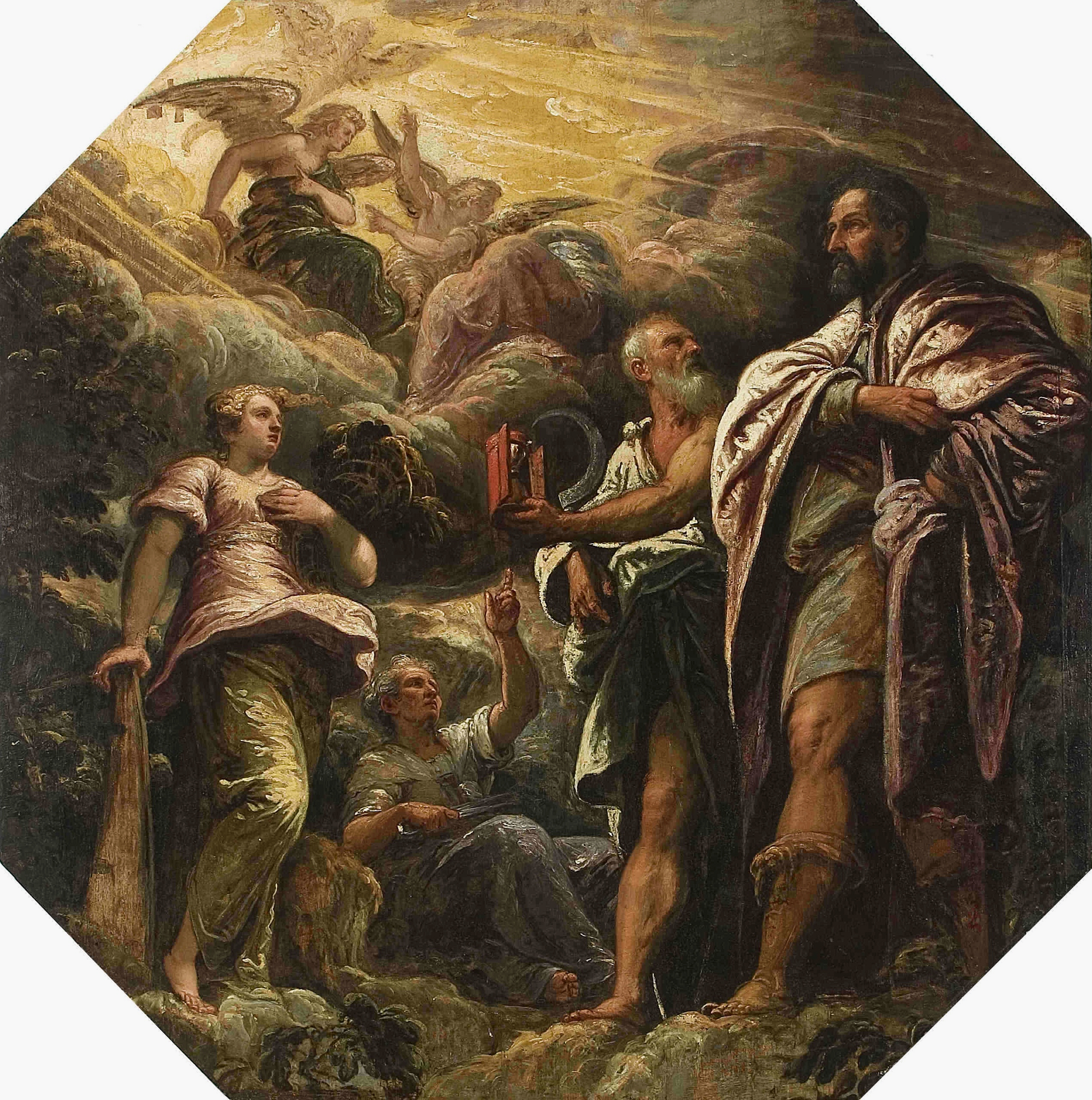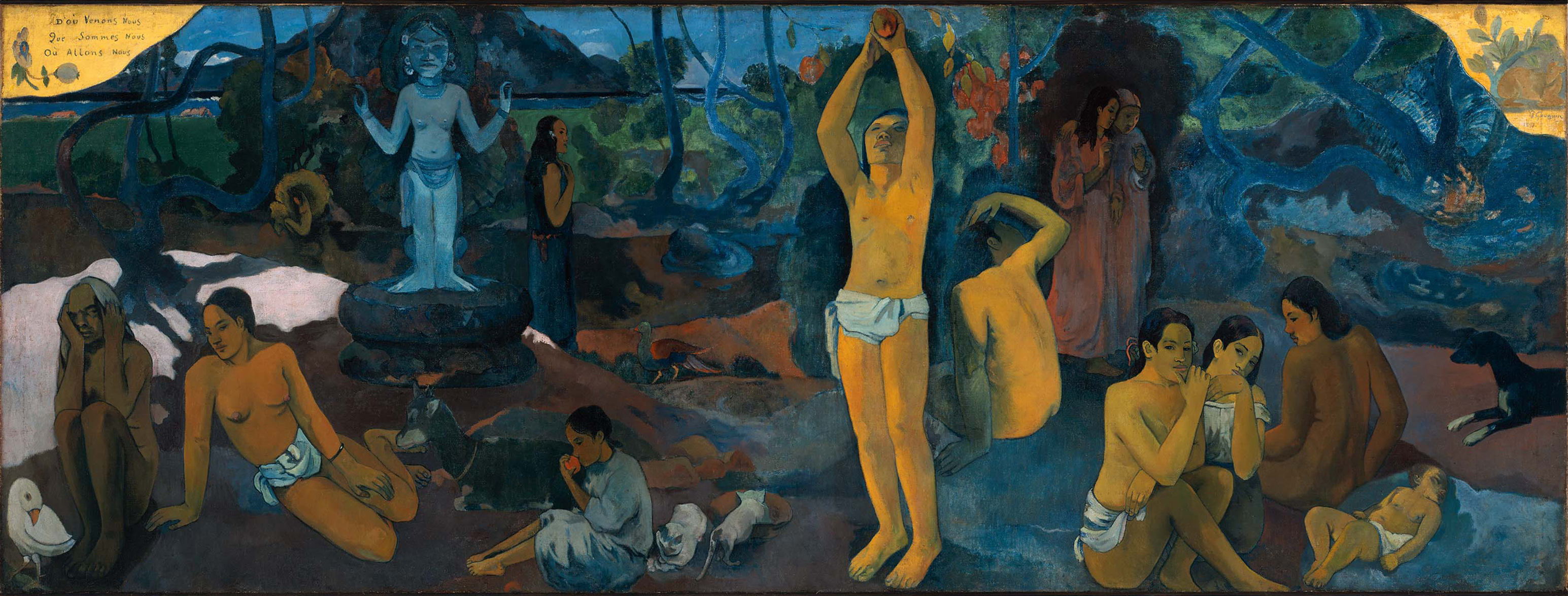|
Non-science
A non-science is an area of study that is not scientific, especially one that is not a natural science or a social science that is an object of scientific inquiry. In this model, history, art, and religion are all examples of non-sciences. Classifying knowledge Since the 17th century, some writers have used the word ''science'' to exclude some areas of studies, such as the arts and the liberal arts. The word ''nonscience'', to describe non-scientific academic disciplines, was first used in the middle of the 19th century. In some cases, it can be difficult to identify exact boundaries between science and non-science. The demarcation problem is the study of the difficulties in determining whether certain fields of study, near the boundaries of science and non-science, should be considered as one or the other. No single test has yet been devised that can clearly separate science from non-science, but some factors, taken as a whole and evaluated over time, are commonly used. ... [...More Info...] [...Related Items...] OR: [Wikipedia] [Google] [Baidu] |
Scientific Inquiry
Models of scientific inquiry have two functions: first, to provide a descriptive account of ''how'' scientific inquiry is carried out in practice, and second, to provide an explanatory account of ''why'' scientific inquiry succeeds as well as it appears to do in arriving at genuine knowledge. The philosopher Wesley C. Salmon described scientific inquiry: The search for scientific knowledge ends far back into antiquity. At some point in the past, at least by the time of Aristotle, philosophers recognized that a fundamental distinction should be drawn between two kinds of scientific knowledge—roughly, knowledge ''that'' and knowledge ''why''. It is one thing to know ''that'' each planet periodically reverses the direction of its motion with respect to the background of fixed stars; it is quite a different matter to know ''why''. Knowledge of the former type is descriptive; knowledge of the latter type is explanatory. It is explanatory knowledge that provides scientific underst ... [...More Info...] [...Related Items...] OR: [Wikipedia] [Google] [Baidu] |
Handicraft
A handicraft, sometimes more precisely expressed as artisanal handicraft or handmade, is any of a wide variety of types of work where useful and decorative objects are made completely by one’s hand or by using only simple, non-automated related tools like scissors, carving implements, or hooks. It is a traditional main sector of craft making and applies to a wide range of creative and design activities that are related to making things with one's hands and skill, including work with textiles, moldable and rigid materials, paper, plant fibers,clay etc. One of the oldest handicraft is Dhokra; this is a sort of metal casting that has been used in India for over 4,000 years and is still used. In Iranian Baluchistan, women still make red ware hand-made pottery with dotted ornaments, much similar to the 5000-year-old pottery tradition of Kalpurgan, an archaeological site near the village. Usually, the term is applied to traditional techniques of creating items (whether for p ... [...More Info...] [...Related Items...] OR: [Wikipedia] [Google] [Baidu] |
Interdisciplinarity
Interdisciplinarity or interdisciplinary studies involves the combination of multiple academic disciplines into one activity (e.g., a research project). It draws knowledge from several other fields like sociology, anthropology, psychology, economics, etc. It is about creating something by thinking across boundaries. It is related to an '' interdiscipline'' or an ''interdisciplinary field,'' which is an organizational unit that crosses traditional boundaries between academic disciplines or schools of thought, as new needs and professions emerge. Large engineering teams are usually interdisciplinary, as a power station or mobile phone or other project requires the melding of several specialties. However, the term "interdisciplinary" is sometimes confined to academic settings. The term ''interdisciplinary'' is applied within education and training pedagogies to describe studies that use methods and insights of several established disciplines or traditional fields of study. ... [...More Info...] [...Related Items...] OR: [Wikipedia] [Google] [Baidu] |
Pure Mathematics
Pure mathematics is the study of mathematical concepts independently of any application outside mathematics. These concepts may originate in real-world concerns, and the results obtained may later turn out to be useful for practical applications, but pure mathematicians are not primarily motivated by such applications. Instead, the appeal is attributed to the intellectual challenge and aesthetic beauty of working out the logical consequences of basic principles. While pure mathematics has existed as an activity since at least Ancient Greece, the concept was elaborated upon around the year 1900, after the introduction of theories with counter-intuitive properties (such as non-Euclidean geometries and Cantor's theory of infinite sets), and the discovery of apparent paradoxes (such as continuous functions that are nowhere differentiable, and Russell's paradox). This introduced the need to renew the concept of mathematical rigor and rewrite all mathematics accordingly, with a s ... [...More Info...] [...Related Items...] OR: [Wikipedia] [Google] [Baidu] |
Abstract Concepts
Abstraction in its main sense is a conceptual process wherein general rules and concepts are derived from the usage and classification of specific examples, literal ("real" or "concrete") signifiers, first principles, or other methods. "An abstraction" is the outcome of this process—a concept that acts as a common noun for all subordinate concepts and connects any related concepts as a ''group'', ''field'', or ''category''.Suzanne K. Langer (1953), ''Feeling and Form: a theory of art developed from Philosophy in a New Key'' p. 90: " Sculptural form is a powerful abstraction from actual objects and the three-dimensional space which we construe ... through touch and sight." Conceptual abstractions may be formed by filtering the information content of a concept or an observable phenomenon, selecting only those aspects which are relevant for a particular purpose. For example, abstracting a leather soccer ball to the more general idea of a ball selects only the information on gen ... [...More Info...] [...Related Items...] OR: [Wikipedia] [Google] [Baidu] |
Illustration Of Overlapping Communities
An illustration is a decoration, interpretation or visual explanation of a text, concept or process, designed for integration in print and digital published media, such as posters, flyers, magazines, books, teaching materials, animations, video games and films. An illustration is typically created by an illustrator. Digital illustrations are often used to make websites and apps more user-friendly, such as the use of emojis to accompany digital type. llustration also means providing an example; either in writing or in picture form. The origin of the word "illustration" is late Middle English (in the sense ‘illumination; spiritual or intellectual enlightenment’): via Old French from Latin ''illustratio''(n-), from the verb ''illustrare''. Illustration styles Contemporary illustration uses a wide range of styles and techniques, including drawing, painting, printmaking, collage, montage, digital design, multimedia, 3D modelling. Depending on the purpose, illustration ... [...More Info...] [...Related Items...] OR: [Wikipedia] [Google] [Baidu] |
Ethics
Ethics or moral philosophy is a branch of philosophy that "involves systematizing, defending, and recommending concepts of right and wrong behavior".''Internet Encyclopedia of Philosophy'' The field of ethics, along with aesthetics, concerns matters of value; these fields comprise the branch of philosophy called axiology. Ethics seeks to resolve questions of human morality by defining concepts such as good and evil, right and wrong, virtue and vice, justice and crime. As a field of intellectual inquiry, moral philosophy is related to the fields of moral psychology, descriptive ethics, and value theory. Three major areas of study within ethics recognized today are: # Meta-ethics, concerning the theoretical meaning and reference of moral propositions, and how their truth values (if any) can be determined; # Normative ethics, concerning the practical means of determining a moral course of action; # Applied ethics, concerning what a person is obligated (or permitted) ... [...More Info...] [...Related Items...] OR: [Wikipedia] [Google] [Baidu] |
Morality
Morality () is the differentiation of intentions, decisions and actions between those that are distinguished as proper (right) and those that are improper (wrong). Morality can be a body of standards or principles derived from a code of conduct from a particular philosophy, religion or culture, or it can derive from a standard that a person believes should be universal. Morality may also be specifically synonymous with " goodness" or "rightness". Moral philosophy includes meta-ethics, which studies abstract issues such as moral ontology and moral epistemology, and normative ethics, which studies more concrete systems of moral decision-making such as deontological ethics and consequentialism. An example of normative ethical philosophy is the Golden Rule, which states: "One should treat others as one would like others to treat oneself." Immorality is the active opposition to morality (i.e. opposition to that which is good or right), while amorality is variously defined ... [...More Info...] [...Related Items...] OR: [Wikipedia] [Google] [Baidu] |
Culture
Culture () is an umbrella term which encompasses the social behavior, institutions, and norms found in human societies, as well as the knowledge, beliefs, arts, laws, customs, capabilities, and habits of the individuals in these groups.Tylor, Edward. (1871). Primitive Culture. Vol 1. New York: J.P. Putnam's Son Culture is often originated from or attributed to a specific region or location. Humans acquire culture through the learning processes of enculturation and socialization, which is shown by the diversity of cultures across societies. A cultural norm codifies acceptable conduct in society; it serves as a guideline for behavior, dress, language, and demeanor in a situation, which serves as a template for expectations in a social group. Accepting only a monoculture in a social group can bear risks, just as a single species can wither in the face of environmental change, for lack of functional responses to the change. Thus in military culture, valor is counted ... [...More Info...] [...Related Items...] OR: [Wikipedia] [Google] [Baidu] |
Human Condition
The human condition is all of the characteristics and key events of human life, including birth, learning, emotion, aspiration, morality, conflict, and death. This is a very broad topic that has been and continues to be pondered and analyzed from many perspectives, including those of anthropology, art, biology, history, literature, philosophy, psychology, and religion. As a literary term, "the human condition" is typically used in the context of ambiguous subjects, such as the meaning of life or moral concerns. Some perspectives Each major religion has definitive beliefs regarding the human condition. For example, Buddhism teaches that existence is a perpetual cycle of suffering, death, and rebirth from which humans can be liberated via the Noble Eightfold Path. Meanwhile, many Christians believe that humans are born in a sinful condition and are doomed in the afterlife unless they receive salvation through Jesus Christ. Philosophers have provided many perspectives ... [...More Info...] [...Related Items...] OR: [Wikipedia] [Google] [Baidu] |
Human Values
In ethics and social sciences, value denotes the degree of importance of something or action, with the aim of determining which actions are best to do or what way is best to live (normative ethics in ethics), or to describe the significance of different actions. Value systems are prospective and prescriptive beliefs; they affect the ethical behavior of a person or are the basis of their intentional activities. Often primary values are strong and secondary values are suitable for changes. What makes an action valuable may in turn depend on the ethical values of the objects it increases, decreases, or alters. An object with "ethic value" may be termed an "ethic or philosophic good" (noun sense). Values can be defined as broad preferences concerning appropriate courses of actions or outcomes. As such, values reflect a person's sense of right and wrong or what "ought" to be. "Equal rights for all", "Excellence deserves admiration", and "People should be treated with respect and dignit ... [...More Info...] [...Related Items...] OR: [Wikipedia] [Google] [Baidu] |
Meaning Of Life
The meaning of life, or the answer to the question: "What is the meaning of life?", pertains to the intrinsic value (ethics), significance of Life, living or existence in general. Many other related questions include: "Why are we here?", "What is life all about?", or "What is the purpose of existence?" There have been many proposed answers to these questions from many different cultural and ideological backgrounds. The search for life's meaning has produced much philosophical, scientific, theological, and metaphysics, metaphysical speculation throughout history. Different people and cultures believe different things for the answer to this question. The meaning of life can be derived from philosophical and religious contemplation of, and scientific inquiries about existence, social ties, consciousness, and happiness. Many other issues are also involved, such as linguistic meaning, symbolic meaning, ontology, value (philosophy), value, Teleology, purpose, ethics, good and evil, ... [...More Info...] [...Related Items...] OR: [Wikipedia] [Google] [Baidu] |








